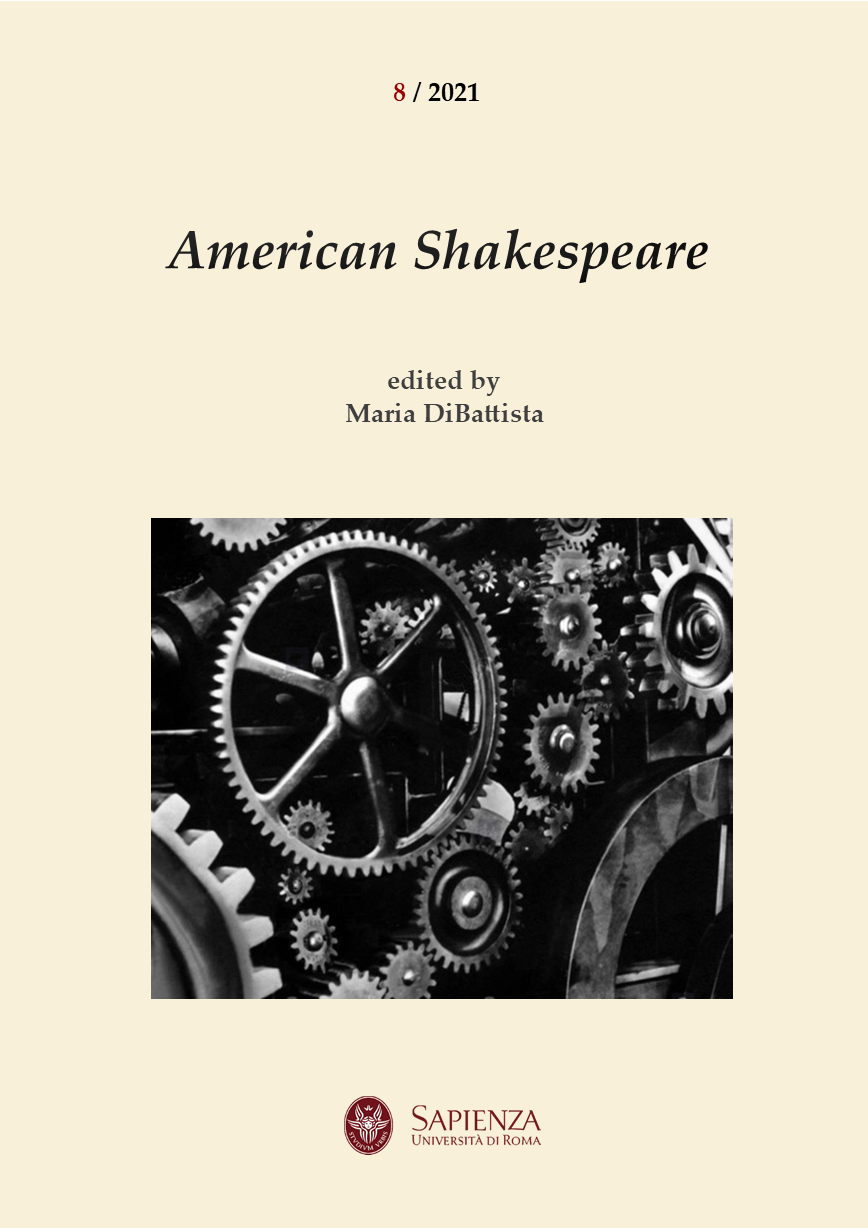The Guise of Friendship: Orson Welles and the Soliloquy on Film
DOI:
https://doi.org/10.13133/2283-8759/17617Parole chiave:
Soliloquy, Social isolation, Sovereignty, BlacknessAbstract
This essay discusses how Orson Welles uses the soliloquy to explore modes of social isolation in Shakespeare’s plays. In Welles’s Shakespeare films, the soliloquizer does not withdraw from the scene of social interaction. Other characters can, and often do, overhear the speech, though they do not respond to it. The Wellesian soliloquy is neither a monologue nor a conversation, and its performers run the risk of being ignored even when they wish to be heard. Through readings of Welles’s Othello and Chimes at Midnight, the essay shows how Welles uses the filmed soliloquy to represent the sovereign and the black man as socially isolated figures. The essay also examines how Welles translates the language of the soliloquy into a film’s visual style. Like a soliloquy, the expressionist distortions of the film world reflect the interiority of the characters, but these shifts in scale, color, and time go unacknowledged by other characters in the film and are only noticed by the viewer. This soliloquized style, the essay goes on to suggest, is a general feature of Welles’s films, which offers the viewer a temporary intimacy with the film world.


